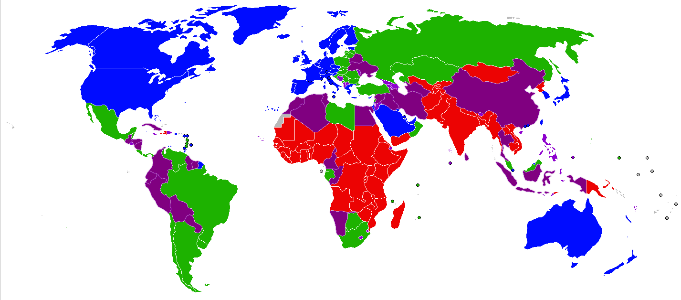Global availability of Parkinson’s Disease treatment

The global burden of Parkinson’s Disease (PD) has more than doubled over the last three decades, to 6.1 million individuals in 2016. Treatment options to reduce symptoms and improve quality of life include drugs, device-aided therapies, and non-pharmacological therapies. A survey of availability of PD treatment conducted among members of the International Parkinson and Movement Disorders Society has shown significant discrepancies in availability of PD treatments between countries and in relation to national income. Responses were received from 352 members in 76 countries (28% of responses from low middle- and low income countries). The drug Levodopa was widely available across all income groups, but availability of other PD drugs and device-aided therapies decreased with national income. Occupational therapy and speech and language therapy were less available in low middle and low income countries. Corresponding author Alastair Noyce said: “These results are concerning, given the significant symptomatic benefit patients gain from treatment, and the fact that PD prevalence among low income countries has risen at a higher rate than that in high income countries. Improving equitable access to PD treatment should be prioritised.”
ZHK Goh, JLY Cheong, C Marras, CM Tanner, M Kasten, AD Korczyn, L Chahine, R Lo, A Noyce, on behalf of the Movement Disorders Society Epidemiology Study Group. Surveying Global Availability of Parkinson’s Disease Treatment. Journal of Parkinson’s Disease. 2022.